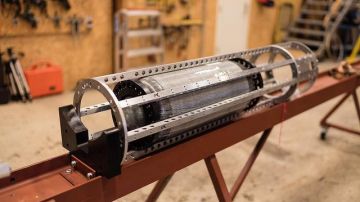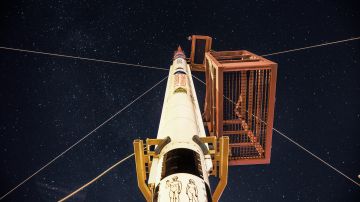In this video Flemming Nyboe explains about the dynamic pressure regulation (DPR) system and the adjustments needed to transfer the system from test stand use to flight use.
The test is performed using demineralised water and compressed atmospheric air, this video will show how.
Blog
BPM100 DPR?
Dear readers, Designing the world’s largest amateur rocket is not an easy task. It’s an iterative process with a lot of dependencies. One of the very important dependencies relates to the rocket’s “propellant delivery system”, Read more…






2 Comments
Mark Harder · 6th August 2017 at 6:02 am
How do the fuel/lox pumps overcome the pressures in the combustion chamber? Don’t the former need to be pumped under pressures greater than those in the combustion chamber? Otherwise, delivery of the combustion fluids will stop until chamber pressure drops, then they will re-enter the chamber, where they will burn with increased back-pressure, creating a cycle of up and down thrusts. Surely the pressure in the chamber must be very high to provide the large thrusts at the nozzle.
Rasmus Agdestein · 7th August 2017 at 7:15 am
You are absolutely right. If the chamber pressure exceeded the pump pressure, the whole propellant feed system would reverse flow, resulting in all kinds of unwanted engine behavior.
Take the Nexo class rockets as an example. We have 15 bar chamber pressure and around 20 bar tank pressures. The principle is the same.
Pumps do this on much higher pressure scales. Chamber pressures in some cases exceed 250 bar these days, with noticeably higher pump discharge pressures.
Maintaining a constant mass flow of propellants, higher chamber pressures will give you a smaller, lighter and more efficient engine. The trade-off is high complexity, high material and manufacturing quality requirements, and of course, high costs.
Comments are closed.